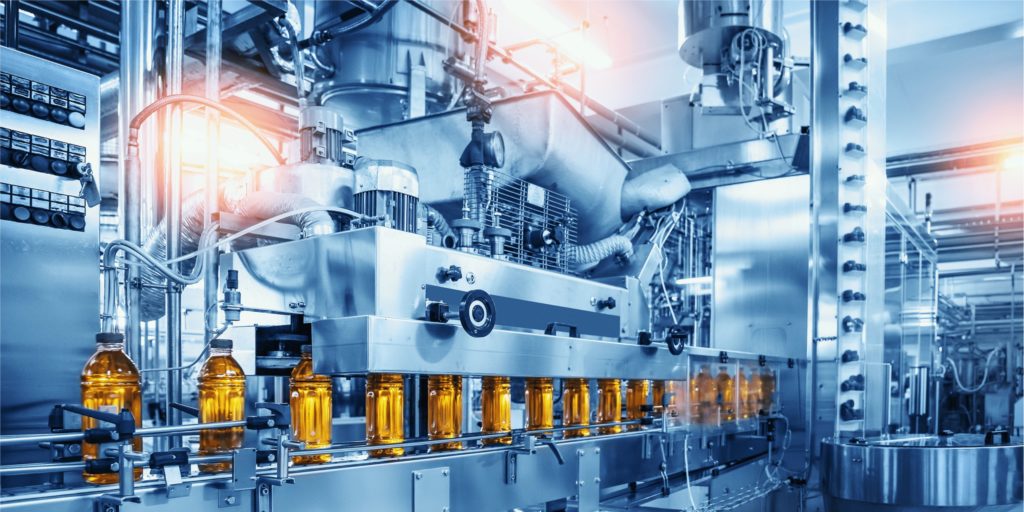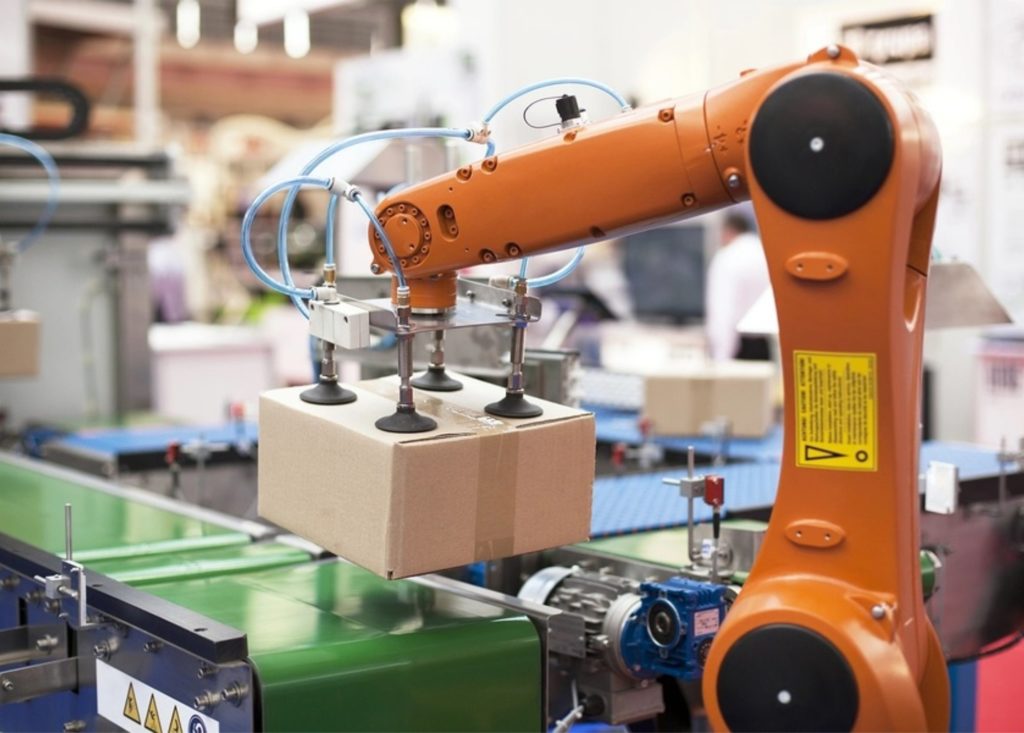
If there is one industry that we just cannot do without, it has to be the food industry. I’ve been in this business for several decades now and it remains constant year over year. People just have to eat there is no way around it. For the record, I’m not in the food business, but I am in the business of selling equipment to the food processing plants, so my comments are more technology-focused than food-focused.
For an industry that grows year over year, we see that cost containment or expense reduction in food processing plants is as vigorous as ever. For most food processing companies, sacrificing the quality of the product they produce to get to a lower cost is just not the answer. So, like most other process industries, food companies are finding ways to improve productivity throughout the plant with the use of factory automation. Whether it be in the actual processing of the food or the packaging of the food, automation is everywhere in today’s modern food plants.
Just to show my age, when I was much, much younger, I remember watching the “I Love Lucy” show. In one episode, Lucille Ball was working in a chocolate factory. As the candy would come out of the machine, she was responsible for grabbing it off the conveyor belt and wrapping it in paper. It started well, and she was wrapping one chocolate about every five seconds. Pretty soon, she couldn’t keep up and chocolates were falling on the floor, she was eating what she couldn’t wrap, creating a big mess and costing the company a lot of money in wasted product. Whatever could go wrong, did go wrong.

Today’s food processing and packaging is so much different, and the efficiency bar has been raised much higher. Automation has taken over where humans were once commonplace. Industry decision-makers know that plant systems must constantly evolve to meet consumer requirements/demands. This means upgrading existing equipment or purchasing new equipment. That can be a huge challenge when the cost of a square foot of a food plant is so expensive and fixed base cost is considerable. The decisions of how to proceed may not be easy, but aren’t impossible.
Looking into the future, expect to see more automation on the food processing factory floor, for all of the same reasons we have moved from the “I Love Lucy”-era production line to the modern methods of today. The only difference is, expect to see an even more rapid adoption of newly developed, sensor-enabled automated equipment. Manufacturers are well aware of the challenges today and tomorrow, developing new and innovative products to automate every process possible.

As we look at a modern food processing and packaging plant, you will find a variety of different machinery including automated ovens, cutting and forming machines, sortation equipment, mixers and blending machines, filling equipment, wrapping equipment and as many robots as a highly automated automotive assembly line. Automation is now a necessity in the food industry to address the required levels of quality control, production speed, labor shortages and overall profitability.
Automation will not replace people, but will improve the skills workers need to keep up with the pace of change. New demands in the skill sets of food processing workers will require a higher level of training to meet the machinery production capabilities.
No matter the type of product or the way it is packaged, automation has found its way into the process of the food industry. At the end of the day, plant floor automation is good for the food processing industry – keeping costs down and food quality up.








